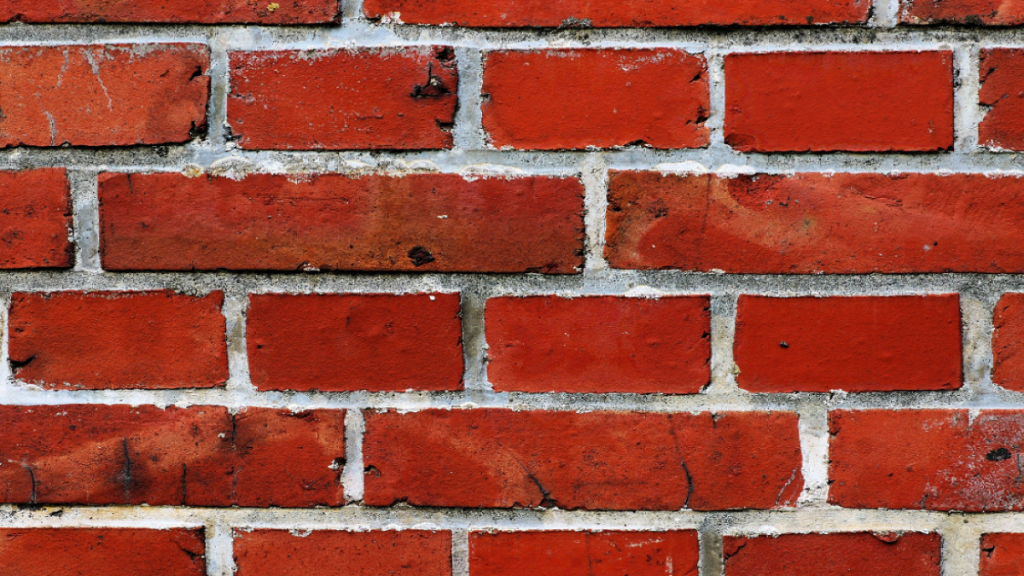Sustainable construction materials are those that reduce building’s environmental footprint. There are other advantages too including durability and efficiency in energy use.
Recycling or reusing materials are an essential aspect of an environmentally sustainable construction. Reusing wood, steel and papers are some examples of this. This also includes using alternative energy sources, such as solar panels as well as geothermal systems.
Environmental Protection
Construction consumes significant amounts of material, which creates plenty of garbage. Strategies and building methods that are sustainable are being developed to lessen the environmental impact of the industry. One approach to achieve this is by making use of recycled and renewable materials.
Ferrock is among the most widely used sustainable building product. It is made of leftover materials such as steel dust, glass powder and other recycled substances. It is also known because of its capacity to cut down carbon dioxide emissions. This has a positive environmental impact. Bamboo is another sustainable material which can be utilized to create decorative and structural uses. The material is widely available across a wide range of areas as well as very easy to handle.
Green charcoal bio-brick is another green alternative. It’s composed of soil carbon, organic luffa fiber. It assists in cooling the ambient temperature inside buildings and improves air quality. They also reduce their energy use and can reduce interferences.

Benefits
There are numerous benefits of the use of environmentally friendly construction products. They not only lower carbon footprints, but they also cut costs for operations and maintenance. These products can be used without zero compromise in performance or quality.
Sustainable construction can also be a way to help to protect the environment through reducing waste gia da 1×2. Sustainable materials are able to be separated easily and re-used. This eliminates the requirement for a new source of raw material as well as reduces the amount of the amount of waste that is disposed in landfills.
Bamboo, straw bales and recycled timber are among the most well-known eco-friendly substances. Other products like ferrock composed of recycled steel, and green charcoal bio-bricks that come from sewage sludge charcoal and ash are now becoming more popular as well. They are readily available and cost-effective. They’re also simple to maintain and don’t contain any harmful chemical substances.
Applications
Materials for construction that are environmentally conscious help to protect the Earth in reducing carbon emissions from buildings. They’re stronger, lighter and more efficient than traditional building materials. They also look attractive and assist in advancing current practices towards a more sustainable, long-term in the near future.
Sustainability of construction materials are dependent on the lifespan of that material, including the process of extraction, production usage, disposal and use. Also, it includes the cost of transportation and the energy consumed.
Many eco-friendly construction materials are produced locally or are sourced locally using less energy in transport and processing. Many eco-friendly construction materials are water resistant or non-toxic. In the case of sheep’s wool, insulation is an extremely sustainable and energy efficient insulation that uses a small amount of energy to produce in comparison to synthetic insulation.
Rammed earth is a form composed of a mud mix made up of straw, soil and sand is an additional green material commonly employed in the building of structures. It’s a traditional construction method that has seen a resurgence within the eco-friendly building industry. Some other green construction materials include recycled steel and reclaimed wooden.
Future Trends
Utilizing green construction materials is an effective option to lessen the impact on the environment in the construction industry. Furthermore, the products are durable and energy efficient.
Many construction professionals are now focused on environmentally-friendly building methods. It helps them reduce costs and also meet the consumer needs for more sustainable homes.
The green building material market is growing fast, and the market is predicted to continue to grow over the next few years. The rising environmental pressures, the access to sustainable financing, new rules and regulations, as well as a growing demand for energy-efficient buildings are all driving interest in eco-friendly construction.
Innovating technologies make it easier for contractors to include green building materials into construction projects. For instance, the use of 3D printers that can create durable building materials with no danger of human errors. It also makes use of recycled materials to reduce material disposal. Recycled steel as well as reclaimed wood are also sustainable materials. They are also more resistant to natural factors like floods and earthquakes.
